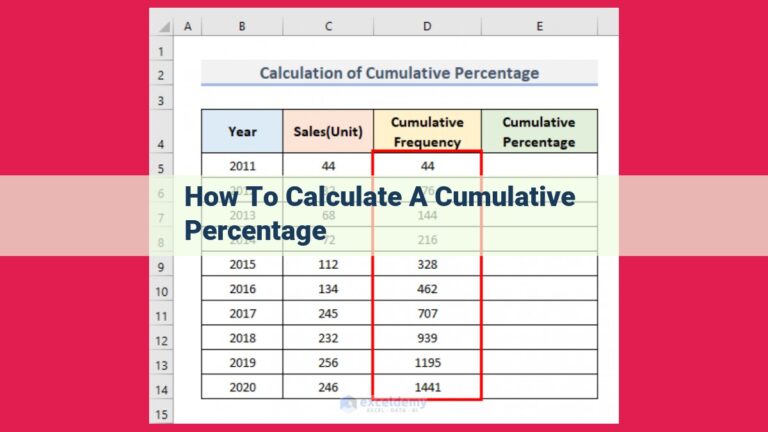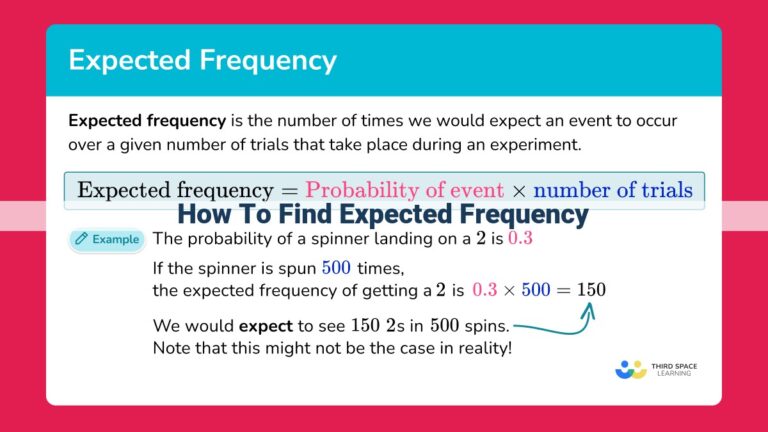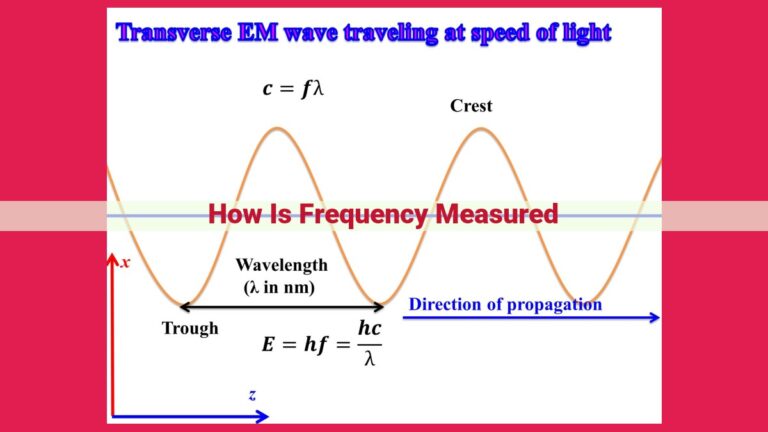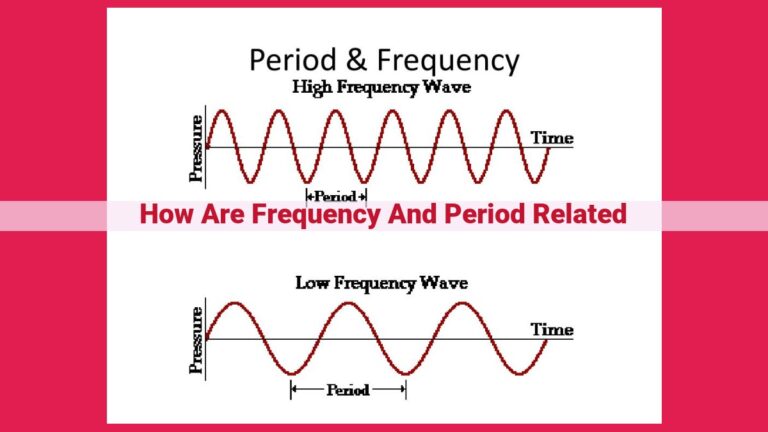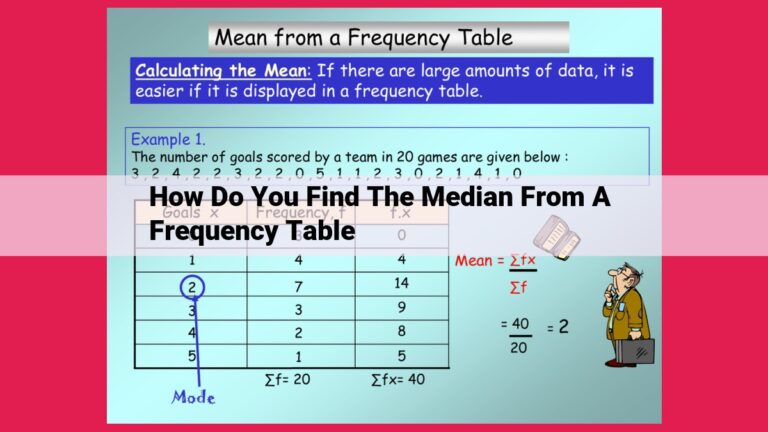Convert Ratios To Percentages: A Comprehensive Guide
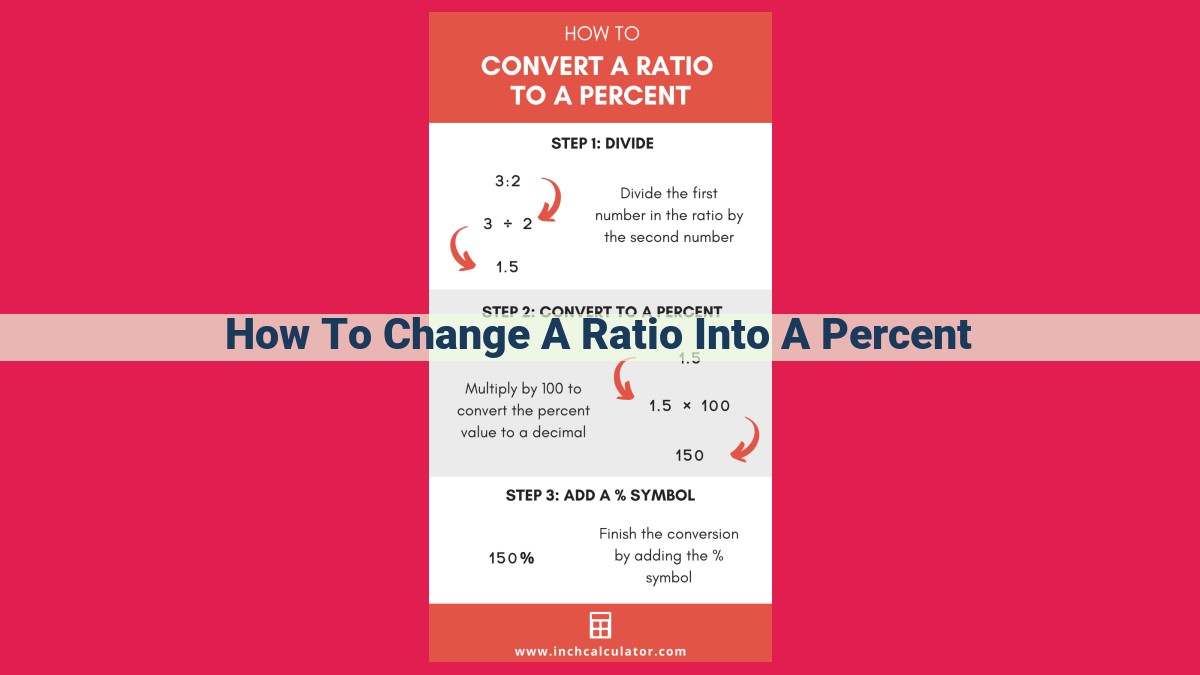
To convert a ratio into a percent, understand that a ratio represents a relationship between two numbers. Divide the numerator by the denominator to express it as a fraction. To obtain the equivalent percent, multiply the fraction by 100. This is because percent means “per 100.” For instance, if the ratio is 2:3, dividing 2 by 3 gives 2/3. Multiplying 2/3 by 100 yields 66.66%, representing the percentage form of the ratio.
Understanding Ratios and Proportions: A Beginner’s Guide
Numbers often tell a story, but sometimes, understanding that story requires a deeper dive into the relationship between them. Ratios and proportions are powerful tools that help us compare quantities and make sense of numerical relationships. This blog post will unveil the world of ratios and proportions, empowering you to navigate these concepts with ease.
What are Ratios and Proportions?
A ratio is a comparison of two or more quantities without specifying their units. It expresses the relative size of one amount to another. For example, a ratio of 3:5 (read as “three to five”) means there are 3 parts of the first quantity for every 5 parts of the second.
A proportion is an equation that states two ratios are equal. For instance, the proportion 3:5 = 6:10 shows that the ratio of 3 to 5 is equivalent to the ratio of 6 to 10. In other words, the quantities in the ratios have the same relative size.
Expressing Ratios
Ratios can be expressed in various ways:
- Words: A ratio of 3:5 can be described as “three to five.”
- Symbols: Ratios are often written using a colon (:), such as 3:5 or 3/5.
- Decimals: Ratios can also be converted to decimals, like 3:5 = 0.6 or 3/5 = 0.6.
Example: The Ratio of Ingredients
Let’s imagine a recipe that requires a ratio of 2 cups of flour to 3 cups of milk. This means that for every 2 cups of flour, you need 3 cups of milk. The ratio, expressed in words, is “two to three” or 2:3.
Introducing Percent: A Way to Express Relative Fractions
In the realm of mathematics, we come across two concepts – ratios and percents – that play a vital role in understanding our world. These mathematical tools enable us to compare quantities, express relative proportions, and solve various problems effectively.
Understanding Percent
Percent, often abbreviated as %, is a representation of a fraction expressed as hundredths. In simple terms, a percent tells us how many parts of every hundred are being considered. The word “percent” comes from the Latin phrase “per centum,” meaning “by the hundred.”
Converting Fractions to Percents
Converting a fraction into a percent is a straightforward process. We simply multiply the fraction by 100 to get the percentage. This process involves expanding the denominator to 100 and enriching the numerator by the same factor.
Example:
Let’s consider the fraction 1/4. To convert it to a percent, we multiply it by 100:
(1/4) x 100 = 25%
Hence, 1/4 is equivalent to 25%, which means there are 25 parts of every 100 parts present.
Percents provide a convenient way to compare different quantities and make sense of ratios. They are widely used in various domains, including finance, statistics, science, and everyday life. By understanding the concept of percent, we gain a powerful tool to analyze and interpret numerical information more effectively.
Establishing Equivalent Values: Understanding Equality in Ratios and Percents
When dealing with ratios and percents, understanding the concept of equivalence is crucial. It allows us to express the same value in different forms, making it easier to compare and solve problems.
Equivalence, Equality, and Equation
Equivalence refers to two or more things being equal in value. This concept is closely tied to equality, which is represented by the equals sign (=). An equation is a mathematical statement that expresses equality between two expressions.
Writing Equivalent Ratios as Fractions and Percents
In the realm of ratios and percents, equivalence plays a significant role. We can express the same ratio in different ways, such as a fraction or a percent. For example, the ratio 2:3 can be written as the fraction 2/3 or the percent 66.67%.
Finding the Equivalent Percent of a Ratio
To find the equivalent percent of a ratio, we multiply the ratio by 100. Let’s take the ratio 1:2 as an example. To convert it to a percent, we would multiply it by 100, giving us 1:2 = 50%. This indicates that 1 unit out of 2 units, or 50%, is equal to the value represented by the ratio.
In conclusion, understanding equivalence is essential for manipulating ratios and percents. By recognizing that different forms can represent the same value, we can simplify calculations and gain a deeper understanding of the relationships between quantities.
Understanding Cross-Multiplication
When you’re working with ratios and proportions, you’ll often need to solve for unknown values. That’s where cross-multiplication comes in. It’s a technique that allows you to find these values by multiplying the numerators and denominators of equivalent ratios.
Definition of Cross-Multiplication
Cross-multiplication is the process of multiplying the numerator of one fraction by the denominator of another fraction and then multiplying the denominator of the first fraction by the numerator of the second fraction. The products of these multiplications are then set equal to each other.
Using Cross-Multiplication to Solve for Unknown Values
Let’s say we have two equivalent ratios:
a/b = c/d
If we want to solve for a, we would cross-multiply like this:
a * d = b * c
We can then divide both sides of the equation by b to get:
a = (b * c) / d
This gives us the value of a.
Example: Using Cross-Multiplication to Find the Percentage Value of a Ratio
Let’s say we have a ratio of 2:5 and we want to find the percentage value of this ratio. We would first convert the ratio to a fraction:
2/5
We then multiply the fraction by 100 to convert it to a percentage:
(2/5) * 100 = 40%
So, the percentage value of the ratio 2:5 is 40%.
Simplifying Fractions for Easier Calculations: Unlocking Mathematical Clarity
In the realm of mathematics, fractions play a pivotal role in expressing parts of a whole. However, working with complex fractions can be daunting. Simplifying fractions offers a solution by reducing them to their most basic form, making calculations more manageable.
What is a Simplified Fraction?
A simplified fraction is a fraction in its lowest terms, where the numerator and denominator have no common factors other than 1. This means that the fraction cannot be further reduced or simplified without losing its value. For example, the simplified fraction of 10/20 is 1/2.
Why Simplify Fractions?
Simplifying fractions is crucial for several reasons. First, it makes calculations easier and more efficient. Complex fractions can lead to errors and miscalculations, whereas simplified fractions are more straightforward to work with. Second, simplified fractions help us understand the true relationship between the numerator and denominator. By removing common factors, we can clearly see the proportional relationship between the parts and the whole.
How to Simplify Fractions
Simplifying fractions involves finding the greatest common factor (GCF) of the numerator and denominator. The GCF is the largest number that divides evenly into both numbers. Once the GCF is found, we divide both the numerator and denominator by the GCF to obtain the simplified fraction.
Example: Simplifying a Ratio
Suppose we have a ratio of 6:12. To simplify this ratio, we first find the GCF of 6 and 12, which is 6. We then divide both 6 and 12 by 6, resulting in a simplified ratio of 1:2. This means that for every 1 part of the first quantity, there are 2 parts of the second quantity.
By simplifying fractions, we can streamline our calculations, gain a deeper understanding of ratios and proportions, and unlock the true power of fractions in mathematical problem-solving.

